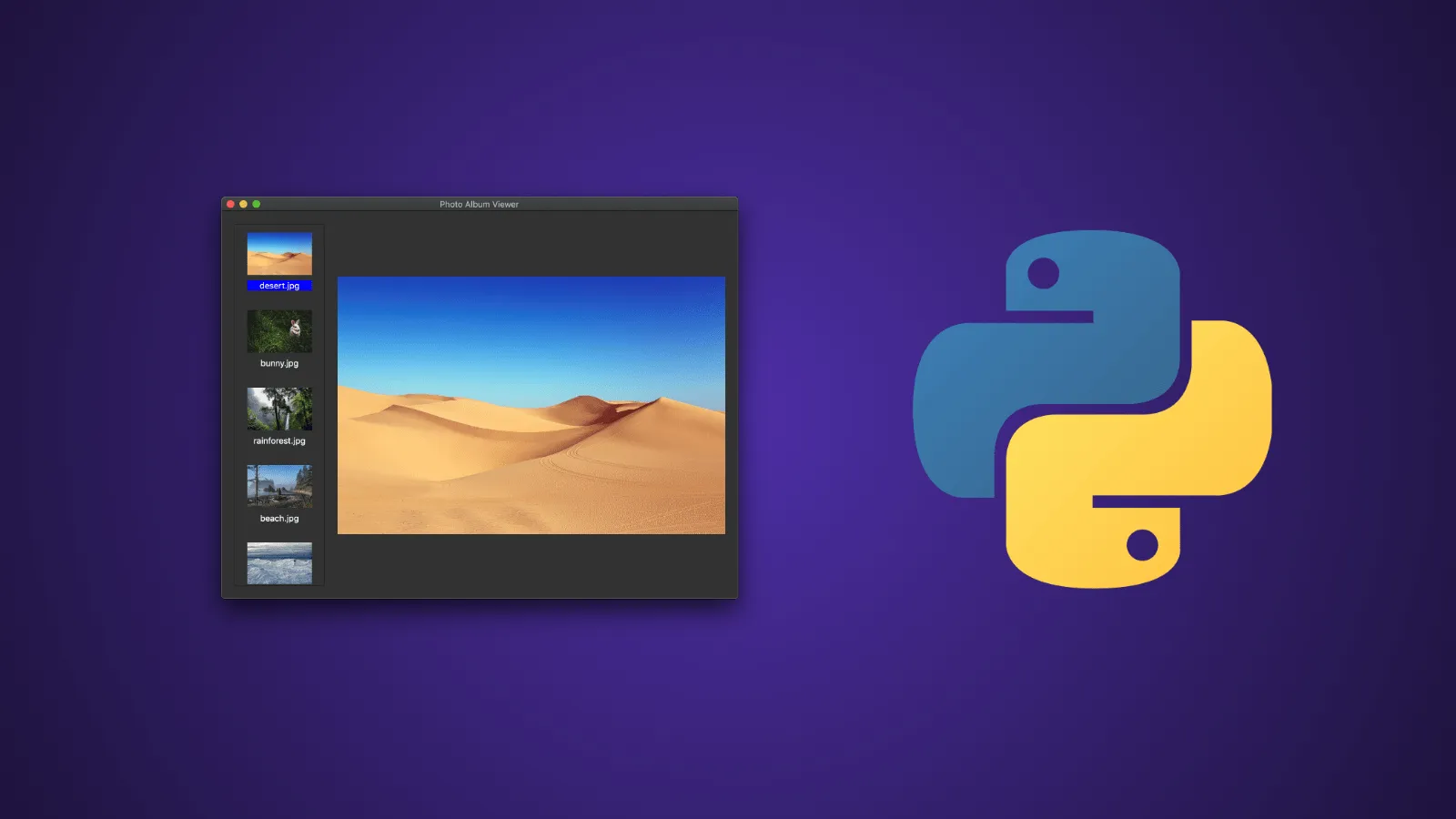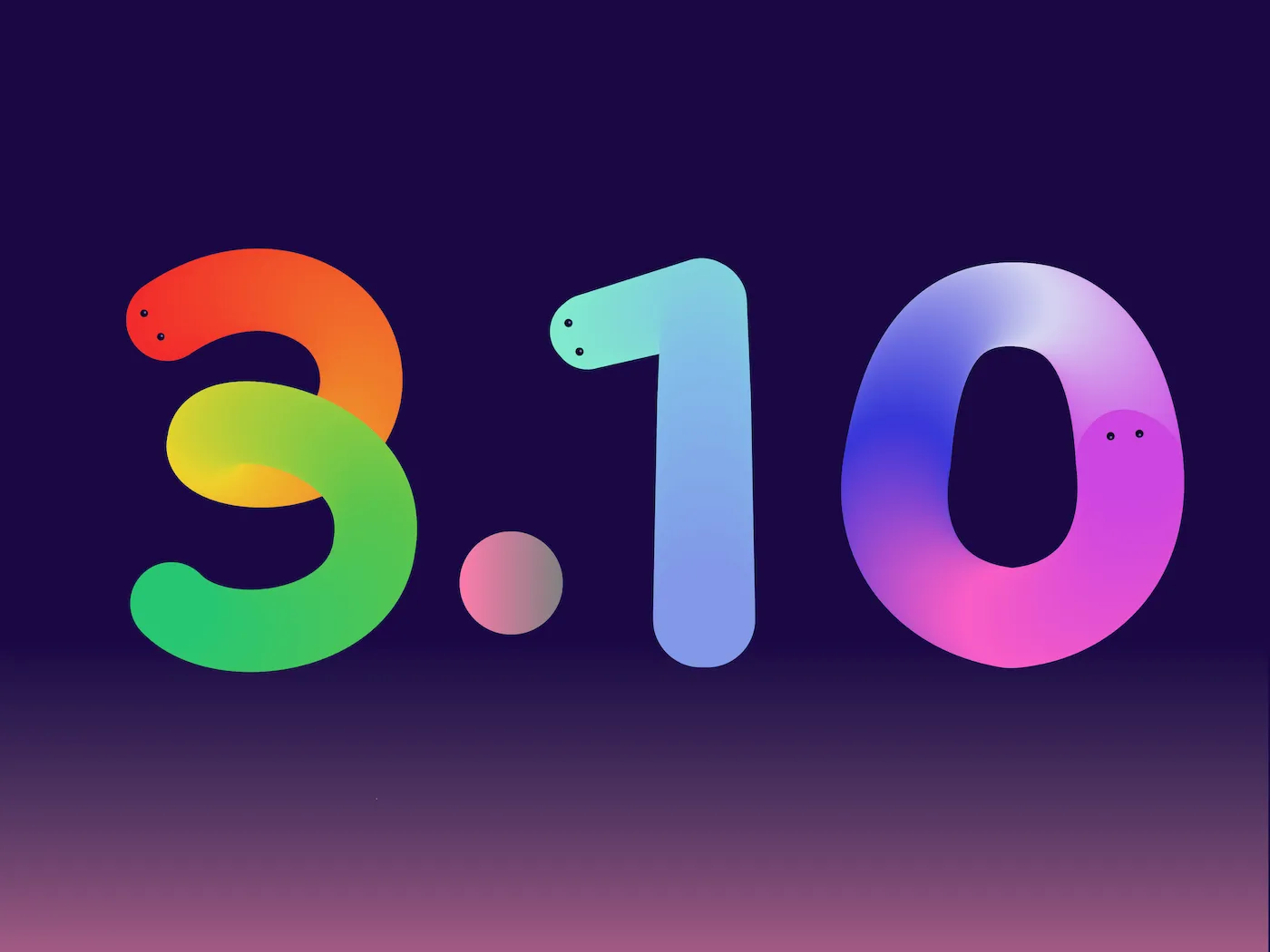
People are using more applications to solve their problems. Apps are especially designed to perform a specific task more efficiently. The applications for laptop or PC are known as desktop applications. Many of them are developed using Python. According to statistics, Python still keeps the top 3 position among the most widely-used languages in 2021. The most common desktop applications available on every PC or computer are Microsoft Word, Solitaire, Minesweeper, etc.
Why is there a need to build Desktop Applications?
A desktop application is an application is a software program that is specially designed to perform a task for the end-user. To perform tasks or set of tasks according to business requirements there's a need to build a desktop app. But desktop applications are usually limited by the hardware on which they are run.
So, if you want to launch your own user friendly and responsive desktop application. You can create it by using the Python programming language, as it is flexible and can run on major operating systems. Python programming language can be used in developing mobile applications for Android, IOS and Windows.
Requirements
To build a website in Python, there are some requirements you should follow:
1. Basics of Python
Python is commonly used for developing applications. It's very easy to understand. Python has been adapted by many non-programmers like scientists, accountants etc. To create a desktop website you should know the basics of Python. You should know its mode of programming i.e Interactive Mode programming and script mode programming. You should know the syntax of all Python identifiers, reverse words, lines and indentation, Quote, Comment, Command line etc.
2. Object Orientated Programming
Desktop applications are mostly object based so you need to learn the oop concepts in the Python language first. You should learn the basic concepts of classes, objects, methods, inheritance polymorphism, encapsulation etc. and their working as well for implementation. Together these functions all work as a principle of any object oriented programming. These functions are defined in any class to perform any specific action. Python is also an object-oriented language. Everything in Python except controls.
3. Fundamentals of library
You should know the fundamentals of the Python library you're going to use in building the app. Let's consider you're using the Tkinter library. The first step is to learn how to work. It is a very easy to learn and simple library. While using Tkinter, you don't need to install anything extra. All you need is Python IDLE on your system. Tkinter has its own built-in Python IDLE.
Frameworks
Each programming language comes with a framework; a framework is the collection of modules and elements that allows web developers to incorporate function design with Python. Python has severalGUI frameworks. There are several Python which are commonly used, given below.
- Django
- Cherrypy
- Tkinter
- Kivy
- Pyramid
- Grok
- TurboGears
- Web2Py
- Flask
- Tornado
- Bluebream
- Quixote
Best Python frameworks
For all application developers, it's important to know which framework is best to develop desktop applications. These are the most preferred framework used for the development of both APK and EXE applications. Here you go.
1. Kivy
Kivy is an open source Python library which is used for mobile and desktop applications. It is used for rapid development of innovative surfaces, such as apps with multi-touch functionality; Kivy comes as a third party library. If you want a user to operate an app on different devices and you want it to run consistently on every device then Kivy is a great choice. Moreover, Kivi itself depends on many other libraries like GStream, PIL, Kairo, etc.
2. Tkinter
It is one of the best frameworks for those who are new to Python. Tkinter is used to build GUI interfaces for desktop applications. The GUI framework is embedded with Tkinter, so there's no need to install anything new. It becomes the fast and easy way to create GUI applications. Tkinter is the most commonly used method. Using TKIinter is an easy task. It is also known as the Python binding tool to the GUI toolkit.
Kivy vs Tkinter
If you are a beginner and developing an application for the first time, TKinter is the best. It's good to learn and understand all the basics beforehand. The concepts of GUI for computers are not so easy. So we recommend that beginners should go with that. But if you're a full stack developer and love to create dynamic websites with the latest GUI so you should go for Kivy
Conclusion
Creating a desktop application by using Python is pretty simple. If you're a beginner you can select the basic level libraries for practice. You can also build real world advanced desktop applications by Python coding. In this article, you've learned the basics of how you can build desktop applications. I hope you understand all the requirements for building desktop applications.
